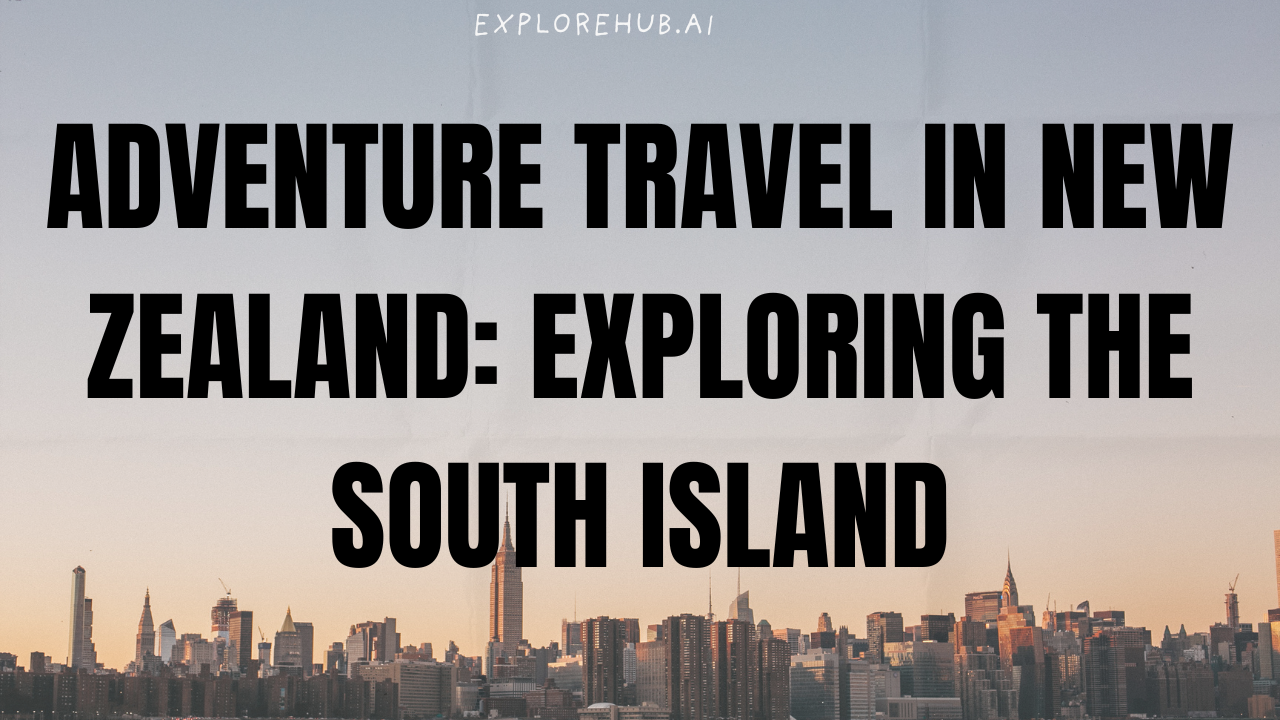The South Island of New Zealand is an adventurer’s dream come true. The island provides a range of exhilarating activities set against breathtaking natural scenery, from sky-high thrills to water-based wonders. Your top vacation destination should be the South Island if you’re looking for exhilarating activities, stunning treks, and unusual wildlife encounters.
Table of Contents
Why Choose the South Island for Adventure Travel?
Stunning Landscapes
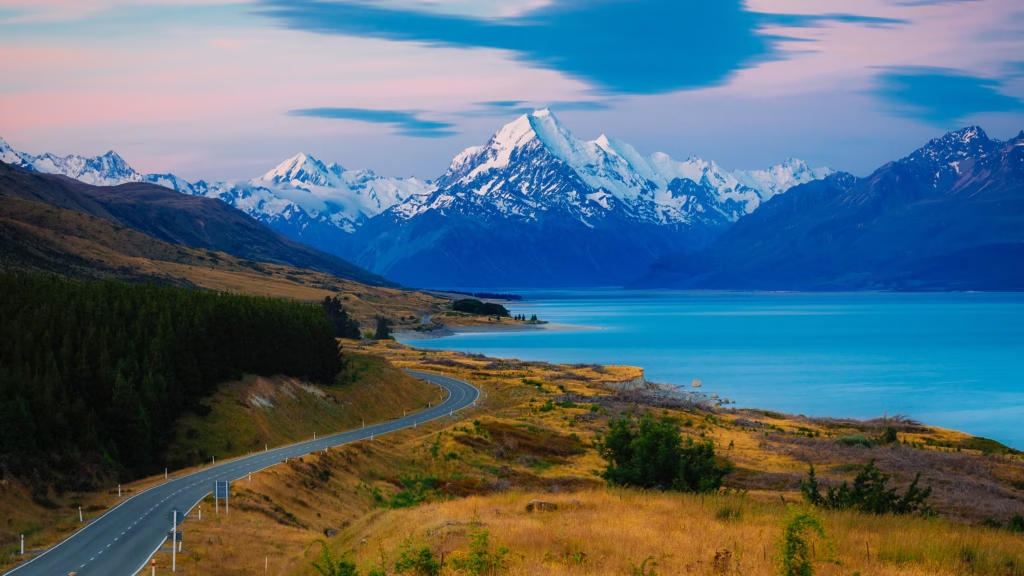
The South Island boasts dramatic fjords, towering mountains, crystal-clear lakes, and dense rainforests. Every turn on the road unveils postcard-perfect scenery.
Diverse Activities
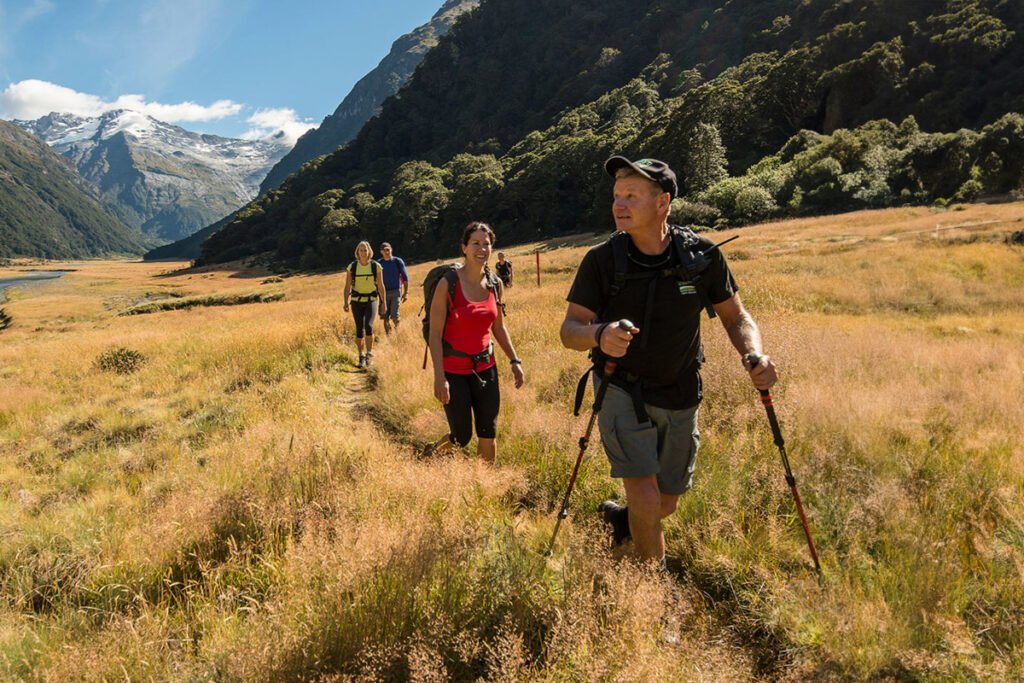
Whether you love extreme sports, water adventures, or simply exploring nature, the South Island has it all. There’s no shortage of exciting activities to keep your heart racing.
Best Time to Visit for Adventure Activities
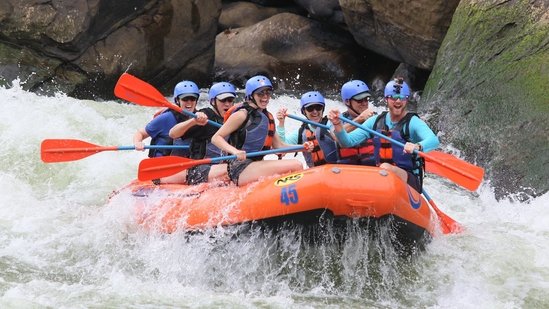
For the best experience, visit between December and March for summer activities like hiking and kayaking. If skiing or snowboarding is your goal, June to September is ideal.
Thrilling Outdoor Activities in the South Island
Hiking and Trekking
Milford Track
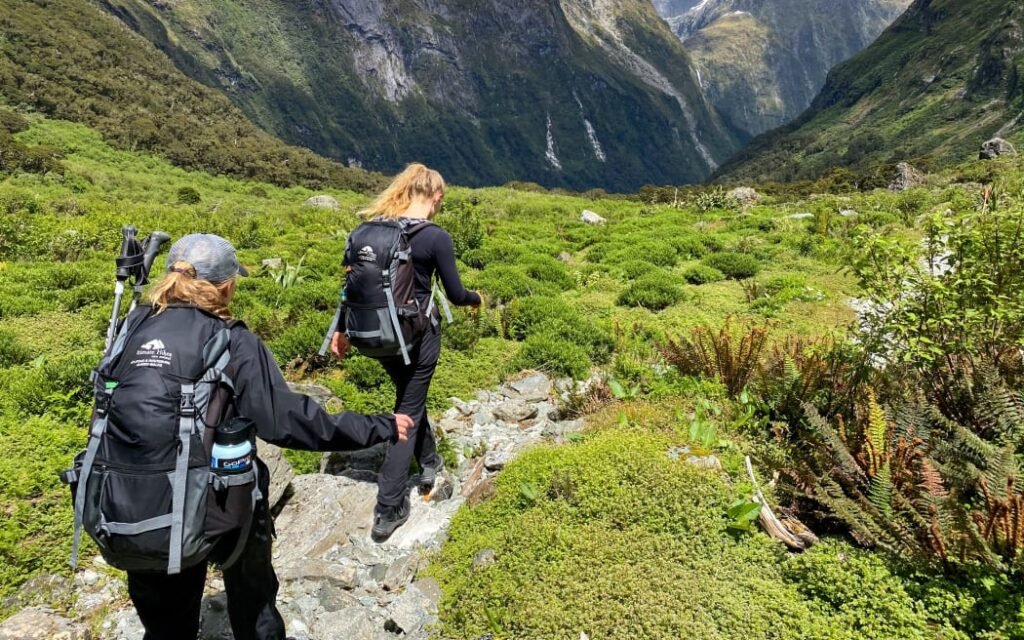
One of the most famous hikes in the world, the Milford Track takes you through Fiordland National Park, offering breathtaking waterfalls, valleys, and wildlife.
Routeburn Track
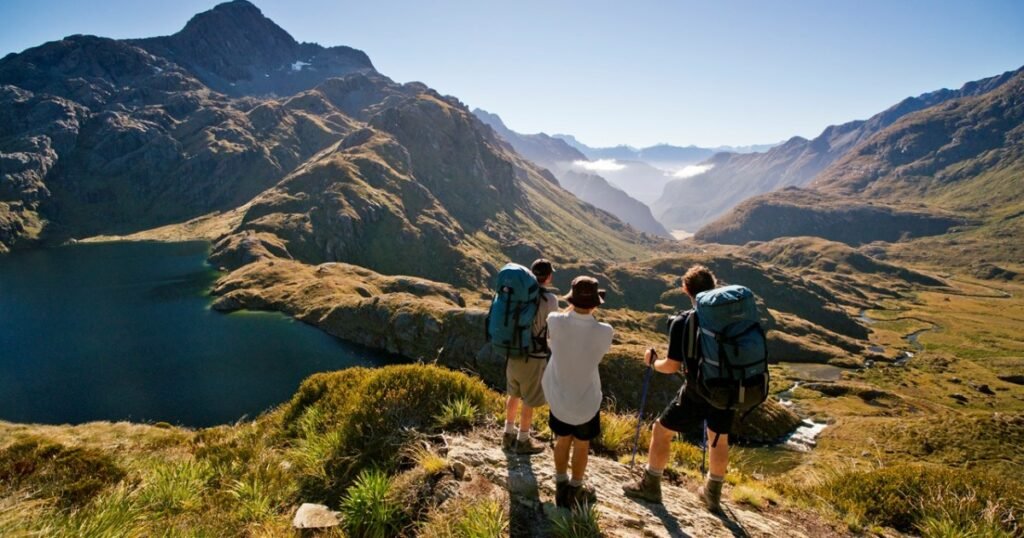
This trek connects Fiordland and Mount Aspiring National Parks, offering stunning alpine views and crystal-clear rivers.
Abel Tasman Coast Track
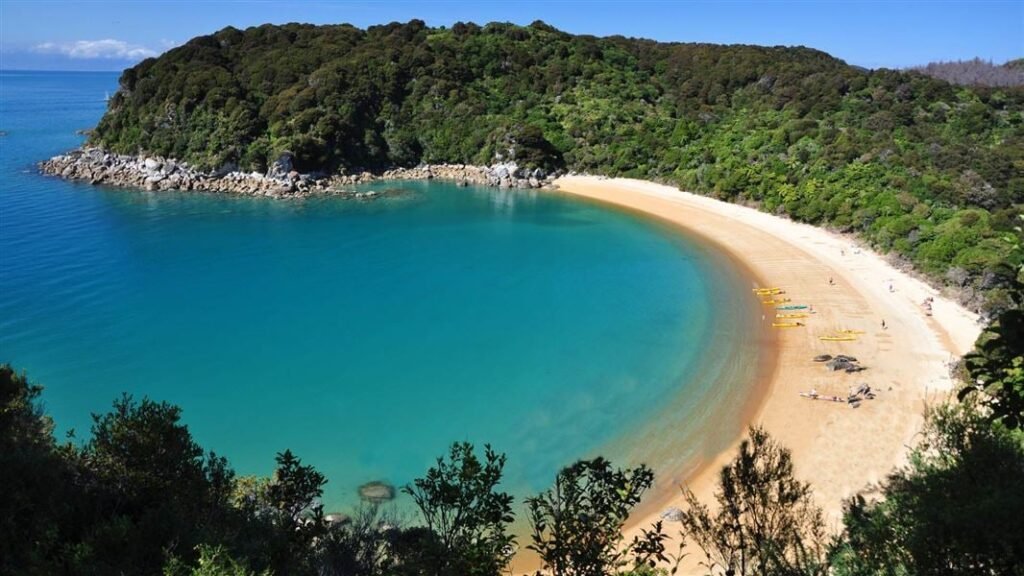
For those who prefer coastal walks, this track offers golden beaches, lush forests, and scenic ocean views.
Water Adventures
Whitewater Rafting in Queenstown
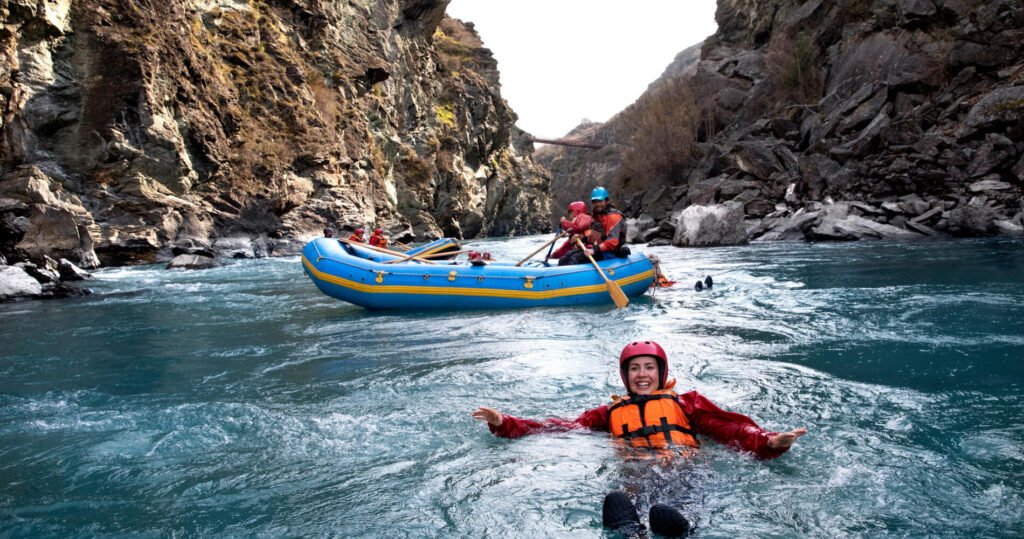
The Shotover River and Kawarau River offer world-class rafting experiences with Grade 3 to 5 rapids.
Kayaking in Abel Tasman National Park
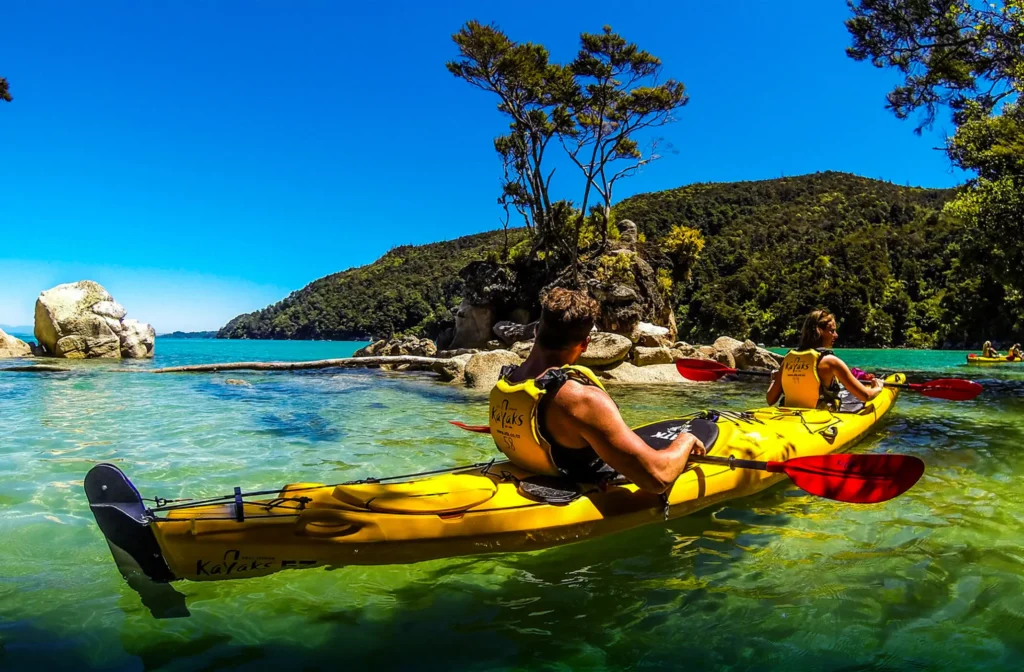
Paddle through crystal-clear waters while spotting seals and dolphins along the coast.
Adrenaline-Pumping Activities
Bungee Jumping in Queenstown
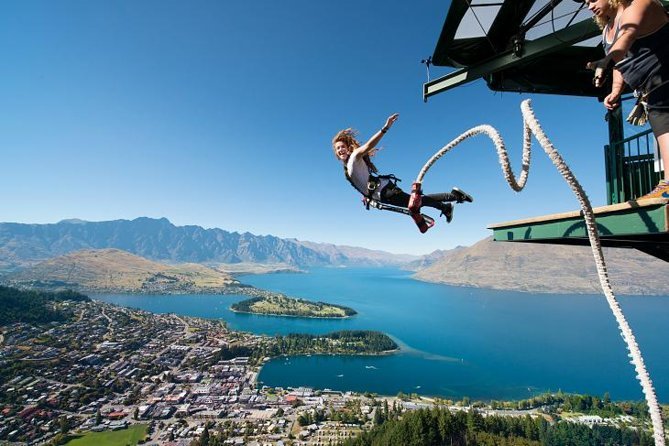
The birthplace of bungee jumping, Queenstown offers thrilling jumps from Kawarau Bridge and Nevis Bungy.
Skydiving Over Lake Wanaka
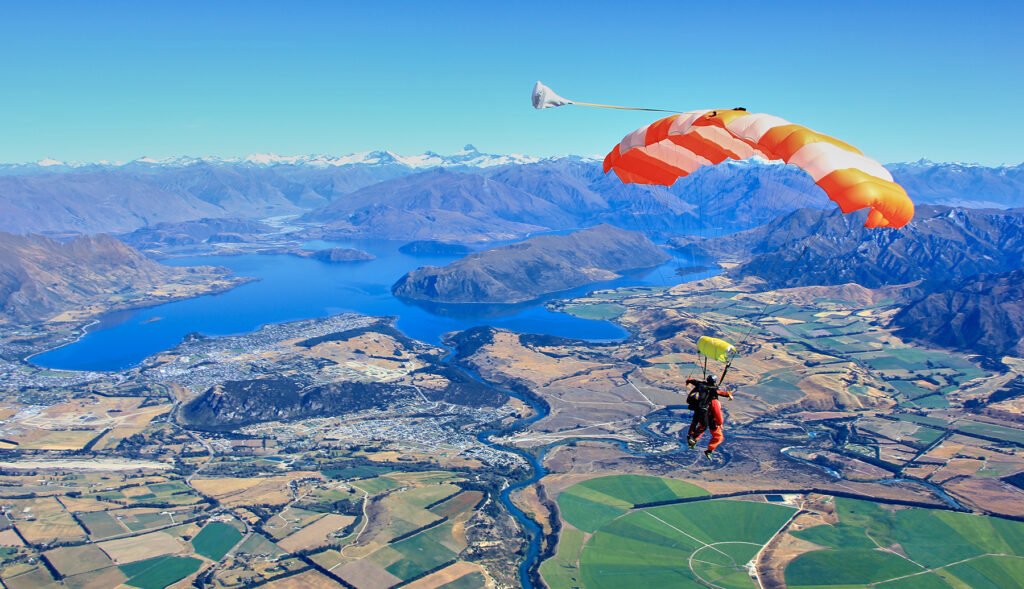
Jump from 15,000 feet and experience breathtaking views of mountains, lakes, and valleys.
Paragliding in Christchurch

Glide over the stunning Canterbury Plains with a professional pilot guiding you.
Wildlife Encounters and Nature Exploration
Dolphin and Whale Watching in Kaikoura
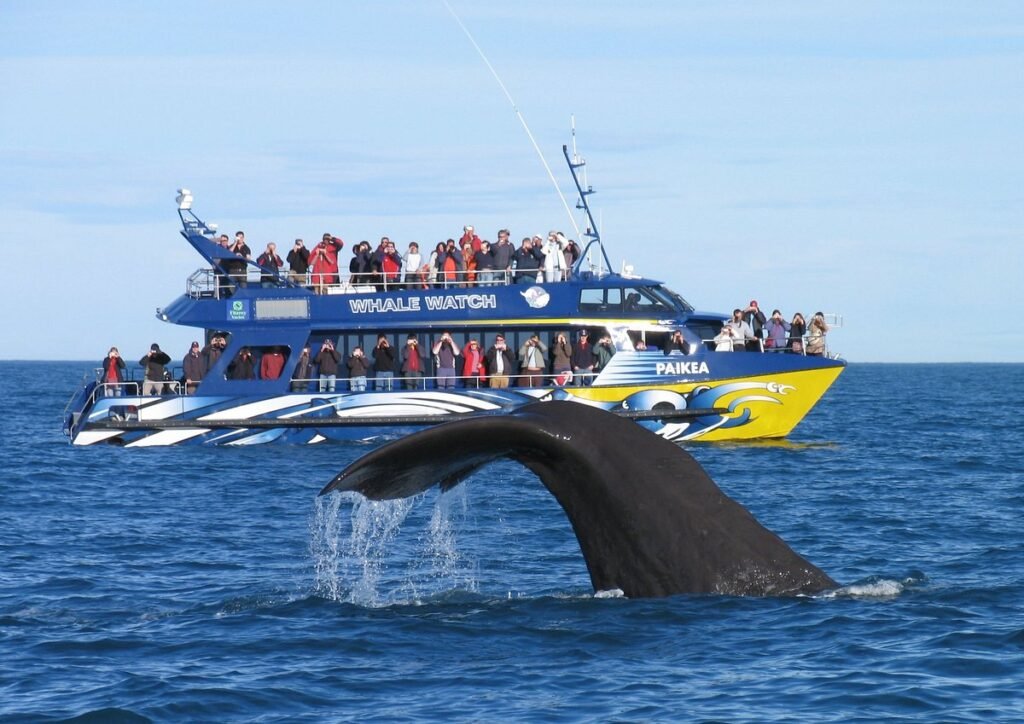
Kaikoura is a hotspot for sperm whales, dusky dolphins, and orcas.
Birdwatching in Fiordland National Park
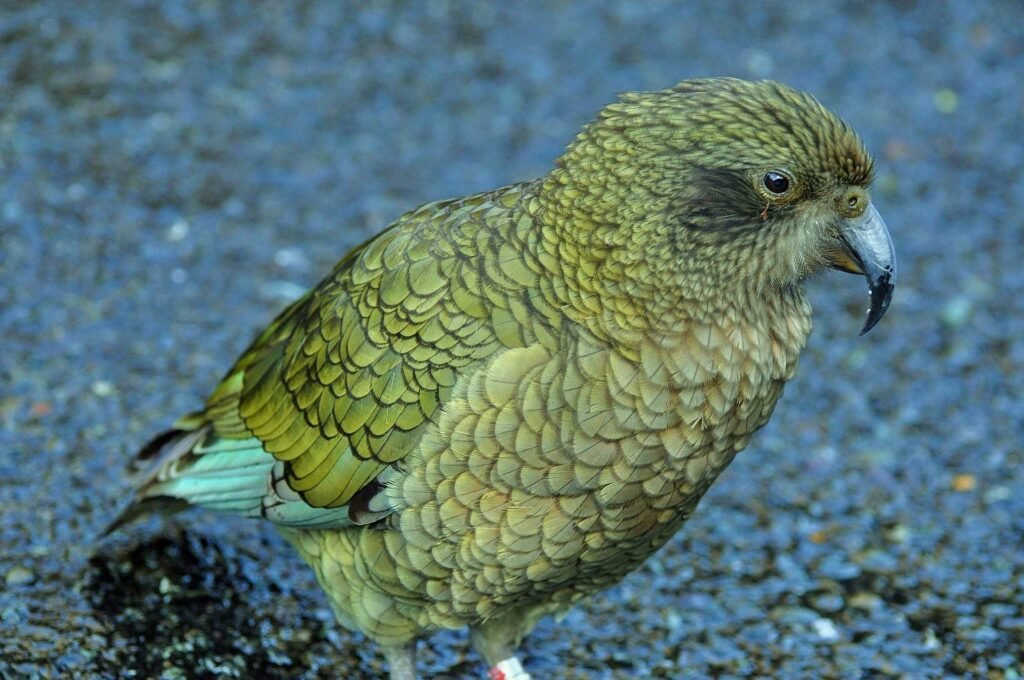
Home to rare species like the Takahe and the Kea, this park is a birdwatcher’s paradise.
Penguin Spotting on the Otago Peninsula
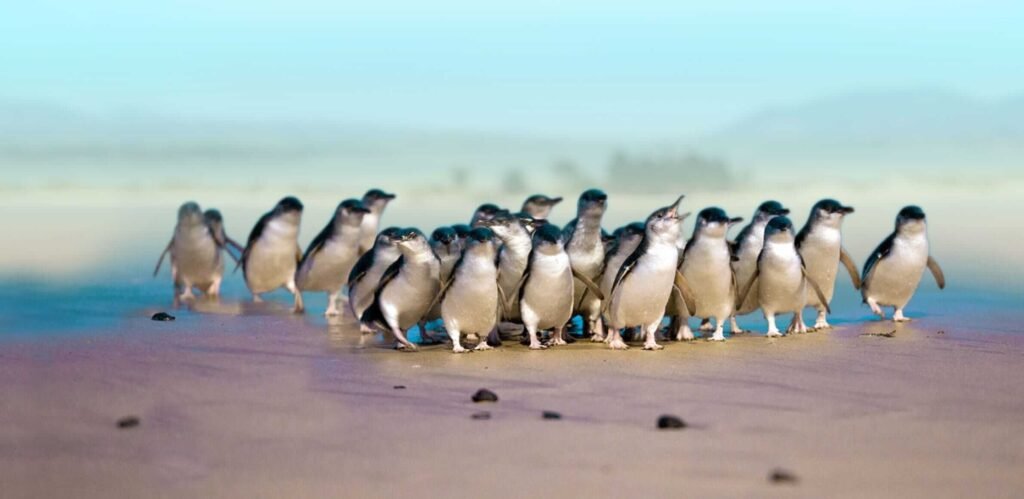
See the world’s rarest penguin species, including the Yellow-Eyed Penguin and Little Blue Penguin.
Best Adventure Travel Destinations in the South Island
Queenstown: The Adventure Capital
From bungee jumping to jet boating, Queenstown is the ultimate thrill-seeker’s destination.
Fiordland National Park
A UNESCO World Heritage site, home to the spectacular Milford Sound and Doubtful Sound.
The West Coast: Glaciers and Rainforests
Explore the Franz Josef and Fox Glaciers, as well as the lush rainforests along the West Coast.
How to Plan Your Adventure Trip to the South Island
Travel Essentials
- Rent a campervan or car for flexibility.
- Pack layers, as weather can be unpredictable.
- Book adventure activities in advance.
Budgeting for Adventure Activities
While activities can be pricey, consider package deals or off-season discounts to save money.
Sustainable Adventure Travel in New Zealand
Eco-Friendly Activities
- Choose low-impact adventures like hiking, kayaking, and wildlife tours.
- Stay in eco-friendly lodges.
Respecting Maori Culture and Local Wildlife
- Follow Leave No Trace principles.
- Support Maori-owned businesses.
Conclusion
The South Island of New Zealand is a paradise for those who enjoy adventure. The varied scenery and exhilarating activities make this place remarkable, regardless of your preference for nature or adrenaline. Prepare yourself for the journey of a lifetime by packing your baggage!

